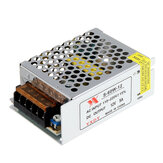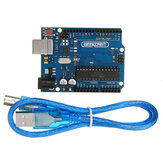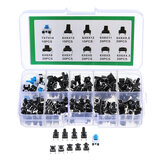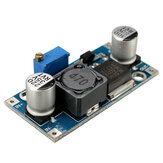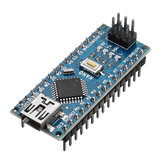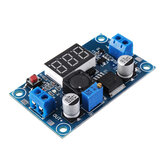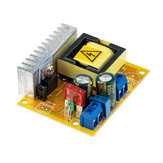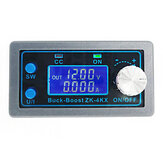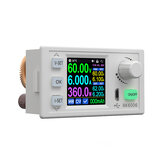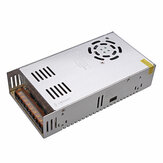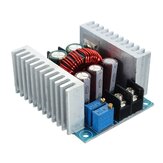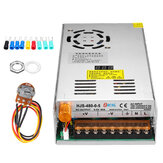3 piezas Módulo convertidor automático ajustable Up Step Down XL6009 DC-DC adecuado para panel solar
Comentarios de Clientes
- Todos los comentarios (235)
- Imagen (30)
- Video (0)
Una parte de la reseña se ha traducido automáticamente.
-
 mullecyVIP3CH10/11/2016
mullecyVIP3CH10/11/2016Works as specified if you stay in the limits. Just a little warning: during my tests, I lowered the input voltage and under 3.5V, the circuit doesn't cut but becomes crazy and the output (that was set to 15V with the pot.) jumps to 40V with no load. With a 2k resistor at the output, it only goes to 30V. Of course, this is under the specified minimum voltage, but for solar applications, how can you guarantee that the input voltage will not be there? So when it says "Module Suitable For Solar Panel" I'm suspicious. If you really want to use it like that, you could add a small circuit between the solar panels and the converter to cut it if the voltage drops under the minimum 3.8V or clamp the output with a zener (there's no voltage rating on the output capacitor so that kind of overvoltage could damage it if it is not designed to handle 40V) Also the problem with that kind of circuit is that if you try to extract too much current from a solar cell, its voltage drops, but then the converter will try to get even more current to keep it's output and the input voltage drops even more... So you also have to add a circuit that limits the output current when the input voltage drops. Conclusion: good circuit if you use it properly but not really appropriate for solar panels despite what it says in the title.
ComentariosMostrar original -
27/01/2021
Se usará en el futuro con las viejas fuentes de alimentación de PC para voltajes variables. Lo he probado con una fuente de alimentación y medí el voltaje de salida. La entrada fue de 7,2 voltios. He utilizado la salida a tensiones de más de 25 V hasta 1,5 voltios. El trimmer para la tensión de salida es extremadamente sensible (potenciómetro de 10 vueltas) de modo que la tensión exacta se puede ajustar fácilmente. El voltaje de entrada debe ser de 5 voltios o más para una salida estable.
ComentariosMostrar original
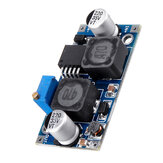







.jpg)

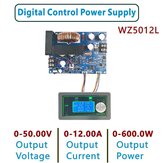
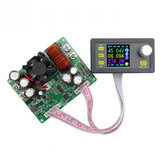
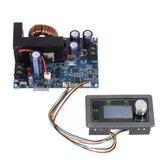
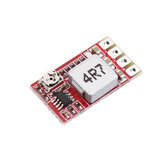
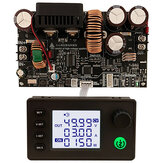


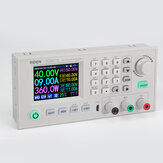
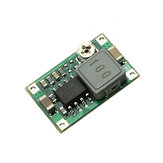
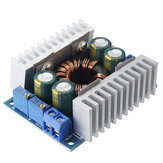
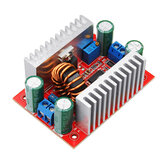
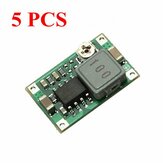
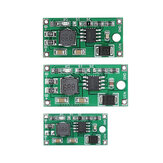
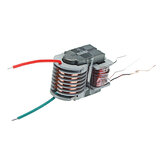
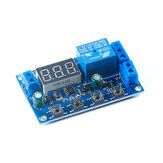
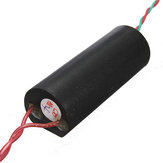
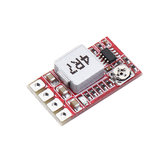
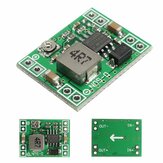

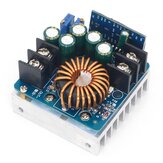
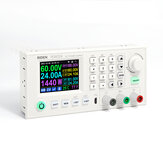
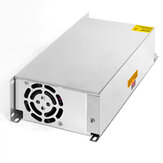

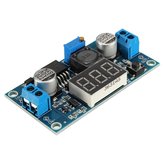
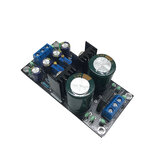
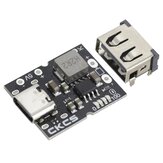
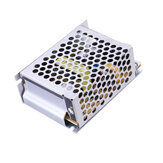
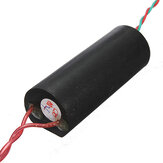
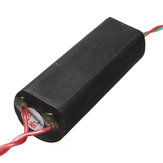


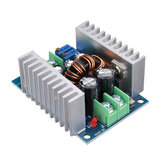

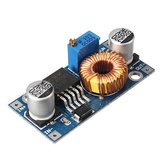
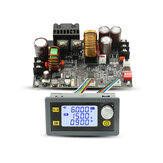
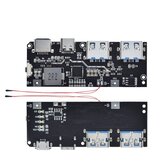
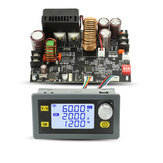
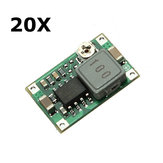
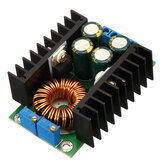

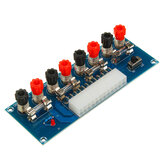
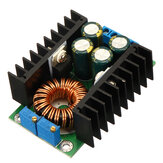
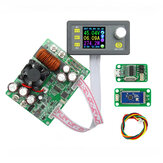
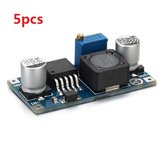
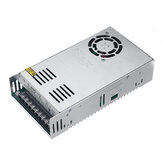
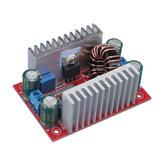
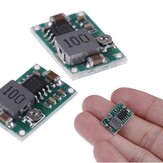

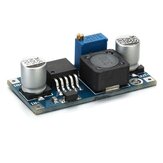

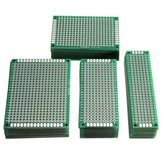
.jpg)
